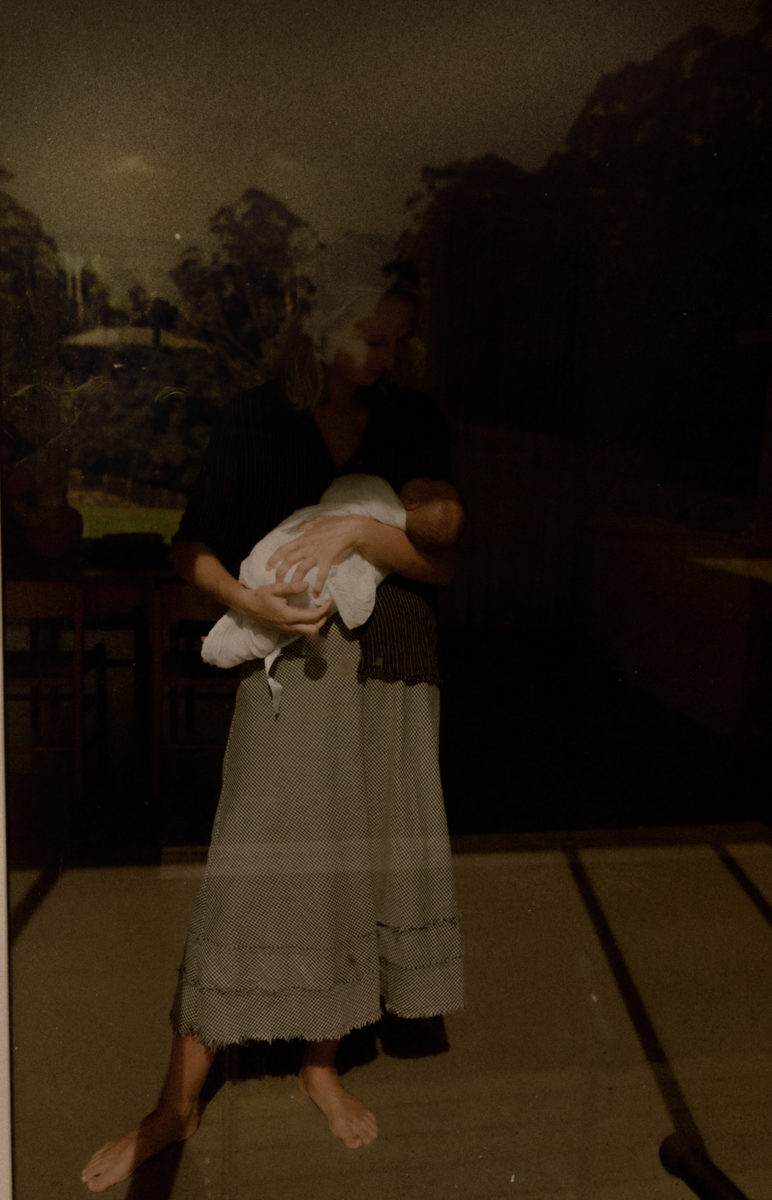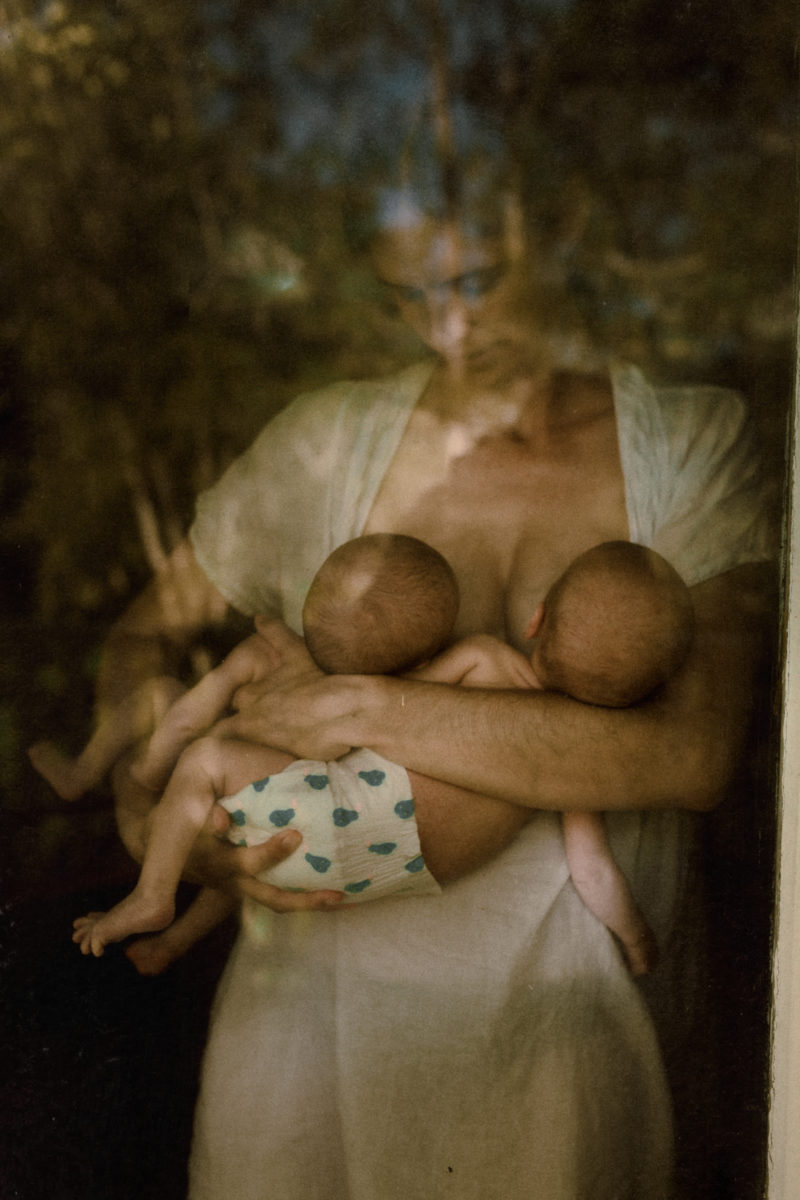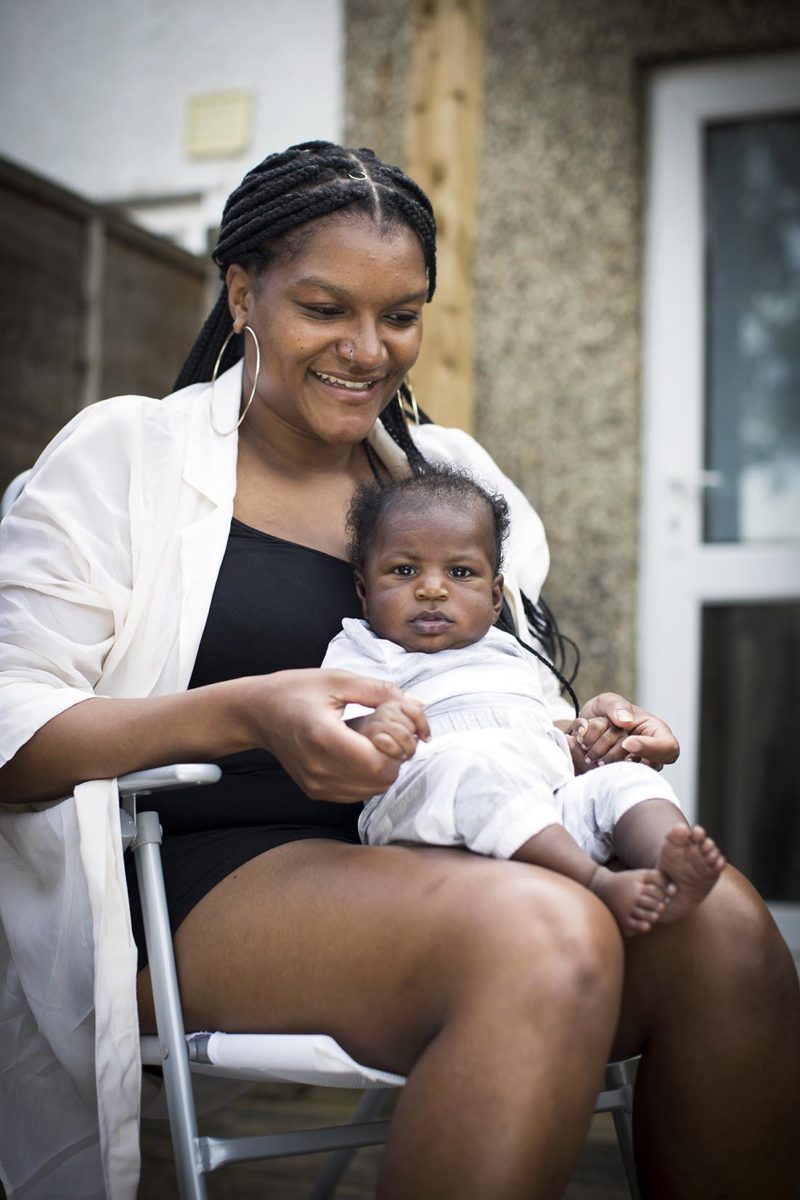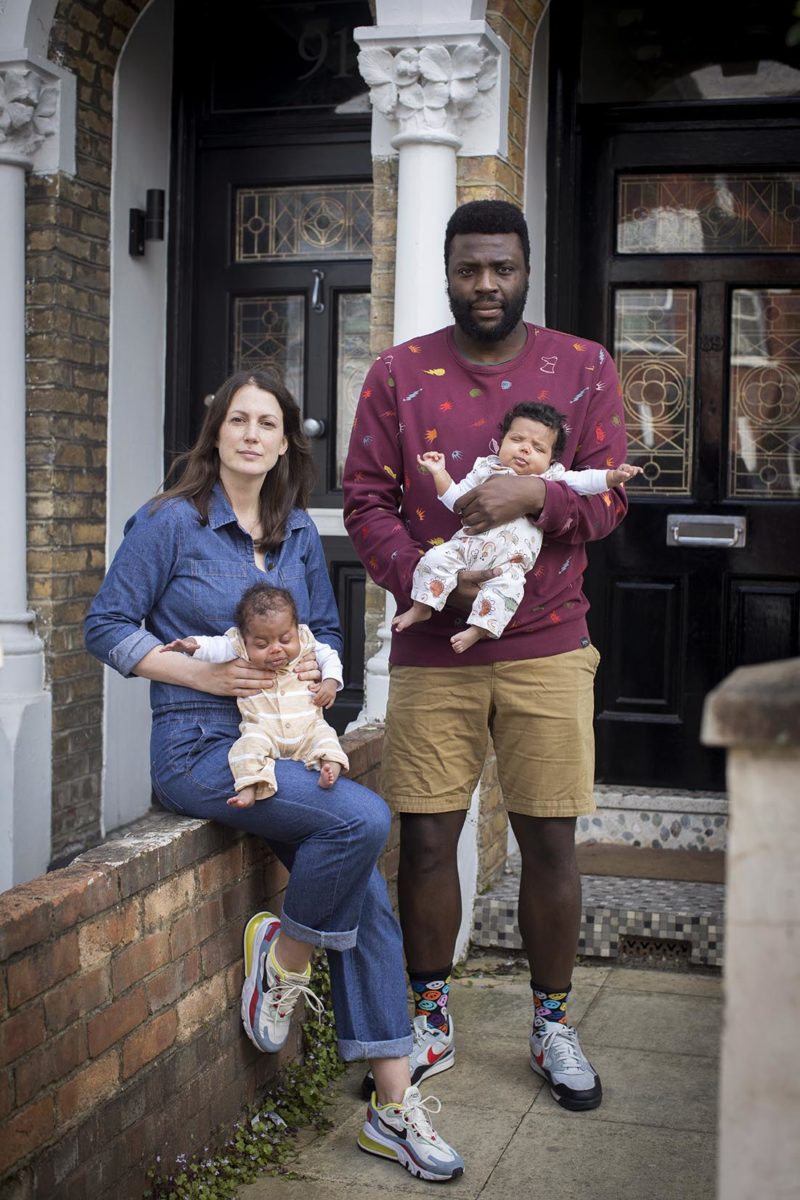View this post on Instagram
About a month after I gave birth to my son at the beginning of the lockdown, I pitched the idea of my still-fresh birth story to a well-known women’s magazine. The editor responded by asking, “but was there anything extraordinary about it, anything remarkable?” My fingers wavered over words on my keyboard, not knowing how to reply. Was giving birth during a pandemic not extraordinary enough?
This is the problem with the way we represent pregnancy, birth and motherhood, whether it’s in words or images. The mainstream media demands we sensationalise our stories (another form of censorship), demanding the agony and gore, the anxiety and trauma. Most pregnant women just want to get on with it, and to have as much control as they can in a scenario that is rarely in their grasp. During this crisis, there has been a subtle shift in visual language, however. One that offers a different kind of narrative about birth: that it is about agony, it is about primal pain and raw bodies; but it is also about a strength beyond any means we can fully comprehend; it is about determination and perseverance. Pandemic or not, these babies are leaving their mothers’ bodies.
Something extraordinary did happen during this pandemic: the mainstream media became interested in telling accurate visual stories about birth. As lockdown in London eased, one of my own midwives, Rachel Millar, appeared on the cover of British Vogue, photographed by Jamie Hawkesworth in a story celebrating NHS workers. This month, the New York Times ran a photo essay by Maggie Shannon, titled Extreme Pain, But Also Extreme Joy, with a text by Christina Caron, telling the stories of women at a birthing centre in Los Angeles, and the midwives who supported them.
This kind of birth practice is still radical in the US where most births happen in hospitals; in the UK, where home birth services are actively promoted to appropriate mothers by the NHS, birthing centres are often found as separate units within hospitals, where low-risk births happen with care led by midwives, not doctors. It might seem obvious, but this form of birthing allows the labouring women to take the lead, for example, allowing them plenty of room to be active and move freely, something that can have a huge impact on the speed and ease of birth.
“Was giving birth during a pandemic not extraordinary enough?”
View this post on Instagram
The pandemic may have had an enduring impact in terms of birth practices: hospitals worldwide became a scary place for vulnerable pregnant women. I witnessed this myself on the postnatal ward: post-apocalyptic scenes of masked women whose bodies had recently been ripped apart hobbling to collect their breakfast trays. Sobs and wails came drifting through the curtains, day and night, adult and infant.
What is so striking about Shannon’s photographs is how accurately she tells what is probably the most difficult story to tell in static images: the story of birth. It’s all in the details, the facial expressions, the wildness and the calm. Apart from the masks, the pictures are timeless, universal. Childbirth is one of the most important stories about women, their power and their place in the world. It is so rare to see pictures of childbirth, let alone this many, and so candid, so truthful, in any of the mainstream press. The publication of these photographs represents a significant moment in our visual culture. It is a glimpse into something extraordinary—without the hyperbole, without the grotesque manipulation.
- Left: Amelia and Una in the Loungeroom, from the series Behind Glass 2020. Right: Amanda, Reggie and Herb in the Loungeroom, from Behind Glass, 2020. Both courtesy Lisa Sorgini
There have been other moments during this pandemic where photographers have broken into the mainstream with images about birth and early motherhood, taking a radical approach to the way they choose to depict the subject. Lisa Sorgini photographed mothers and their children of all ages from behind the safety of windows and doors during lockdown in Australia. The series, Behind Glass, strikes me for its sensitivity in capturing the innately privacy and isolation that new mothers have always experienced, and that is now far more relatable to the rest of the world. New mothers in her series shield their newborns in semi-obscurity, protected by shadows and reflections of the outside, their gaze focused intently on their embrace; distant and mysterious.
“It is a glimpse into something extraordinary—without the hyperbole, without the grotesque manipulation”
It is the pictures of the mothers with their babies that really moved me, knowing a little of the overwhelming and contradictory feeling that follows birth: the riot of hormones, the lack of sleep, the blurriness and fuzziness, emphasised by the soft focus of Sorgini’s lens. The intimate images remind us simultaneously of how difficult it has been to understand what really goes on behind closed doors for mothers as they grapple with birth. Now that everyone has been housebound for a prolonged period, there is a realisation that women who have been in this situation before might have something to impart on survival. When I was back at home healing, my feeling of isolation was different compared to the first time around; this time I shared it with the world and felt strangely comforted. Is this what it would mean to be a new mother and still feel like part of things, not separate and disparate?
- Left: Sherica Spence, 34, with baby Caleb, born 4 March. Right: Emily deGroot, 39 and Rashid Ariori, 40 with twin babies Maya and Joshua, born 21 March 2020. Both courtesy Alicia Canter
Alicia Canter’s documentation, Birth, was published in The Guardian in June. Families speak of their experiences of pregnancy and birth in the UK during coronavirus in interviews and photographs, telling a story that also reflects the anxiety and anticipation that comes as par for the course. It also showed the determination of families to not let the pandemic distract from the task at hand, and to give their child the best possible beginning. Canter’s photographs capture above all the resilience of women—some alone and giving birth for the first time, sent home with no midwife visits and no family to help after. But they go on, they smile, they proudly hold their children.
These photographs also make me reflect on the fearlessness and compassion of the NHS staff who came in and out of our room to do their jobs, despite the fact their workplace was going into a state of emergency. I thought, as I felt a needle going into my spine and as I lost all sensation below my waist, that my own misconceptions about cesarean birth were based on archaic stereotypes. I regretted ever believing this was the easy option. I couldn’t believe that my body could take all these drugs, all this needlework, lose all this blood, and could recover (albeit slowly) with no visits at home, no appointments. There was no choice, and for many women, birth is about relinquishing control.
“Birth is really simple”, a doula, Thando Zwane, tells Alicia Canter in her series. “We just overcomplicate it.” So maybe that editor was right; the story I wanted to write wasn’t extraordinary, at least, no more so than any other birth is, at any other time in history. We have given birth in every condition and circumstance and survived. This might be the time we finally begin to see birth exactly as it always is, and always has been: simple, remarkable and glorious.
Postpartum Document is a monthly column by Charlotte Jansen.









